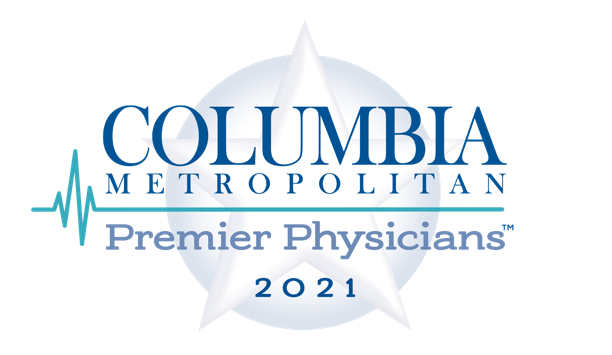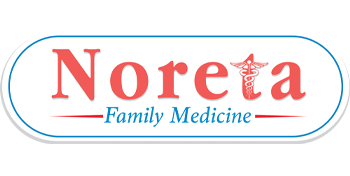Assembly Line Medicine – Part 3 – Big Box Medicine
Welcome back for Part 3 of my Assembly Line Medicine blog series, my commentary on Ms. Devorah Goldman’s recent Wall Street Journal opinion piece titled, “The Doctor’s Office Becomes an Assembly Line.” You can read her very thoughtful article HERE. In this blog, I will discuss what Ms. Goldman terms “bureaucratic mega-facilities.”

The rise of the idea that health insurance should be used to pay for all medical expenses has led to what author Ms. Goldman calls “bureaucratic mega-facilities.” She writes that it was hoped that these mega-facilities would improve efficiency. They have not, and I personally have seen time and time again that the larger the organization is and the further down the administrative food chain you are, the less you try to curb waste, and the less efficient the organization becomes. Waste comes in the form of wasted time, supplies, and poor service.
The problem with trying to create an efficient medical business model is twofold. The medical field is not purely a business because people’s lives are at stake, nor is it purely a service because practices and hospitals need to make money to stay open. The more efficient a system becomes, typically the less room you have for personalization and unique solutions because it adds to inefficiency. Adding to this complicated situation is that medical care is essential. The question then becomes, is medical care a right? I won’t get into that philosophical topic, but I hope that this illustrates just how complicated the situation of solving the healthcare crisis is, and why after decades of trying the US government has not found a long-term solution – tweaking the current framework of how medical care is delivered in this country is clearly not a solution.
Ms. Goldman also points out that
“Bureaucratic structures often suffer from inflexibility.”
This means that they are unable to change or adapt quickly to a change in the medical environment. Think of it as trying to get a mass of cars on a highway around the site of an accident. It takes forever and drivers become frustrated, but there is often no other choice but to “follow the leader” to get around the accident. Large healthcare systems are like that. There are so many layers of administration to go through and so many rules in place that it is difficult to make a change quickly. In fact, I would argue that there is motivation to maintain the status quo, which is extremely frustrating to anyone who proposes a good solution to a common problem. In contrast, private practices are easily able to make and implement changes quickly based on the current environment. In fact, a problem can be identified in the morning and a change can be adopted within the course of one day! This is good for patient care!
Direct Primary Care (DPC) offices are private practices that are uniquely positioned to solve the problems noted above by offering efficient care with good service. They also have the ability to adapt to changing environments. DPC offices tend to be efficient businesses because a much smaller group of staff members is tasked with keeping the office open. For instance, micro-practices exist, in which the physician, who is the owner of the practice, is the only person who works there. There is no time for waste! Good service is also incentivized in DPC offices because patients do not have the restriction of needing to see a physician in their insurance company’s doctor network. This gives patients the freedom to leave the DPC office if they are not happy with their care. After the initial shock of the COVID pandemic wore off, it was not overly difficult for DPC offices to adapt.
Telemedicine is often a permanent option for DPC offices. DPC offices are small, so the waiting room (if a waiting room exists!) is not overcrowded, allowing for social distancing. Some offices also joined forces with their local health department by offering COVID testing early in the course of the pandemic.
In conclusion, A Direct Primary Care office is by nature the direct opposite of a “bureaucratic mega-facility!”
Up Next: Assembly Line Medicine – Part 4 – Insubordination and Entrepreneurship
Melissa Boylan MD, FAAFP
Family Physician and Owner of Noreta Family Medicine
NoretaFamilyMed.com

